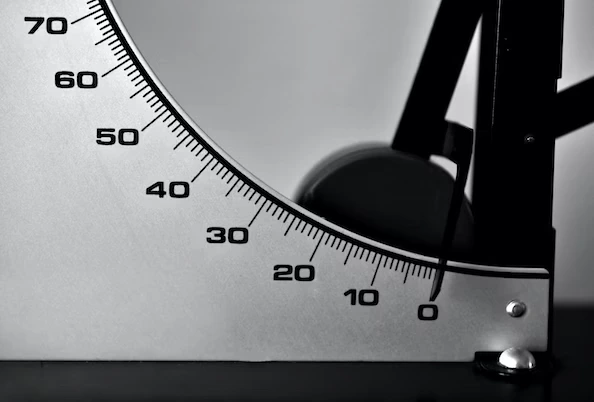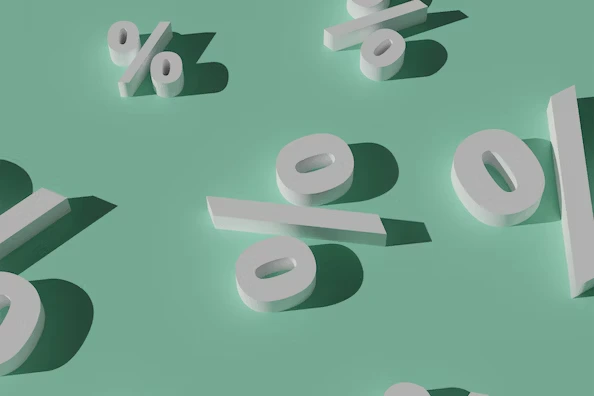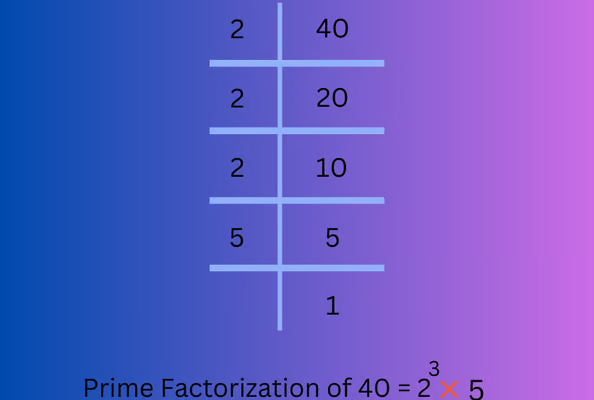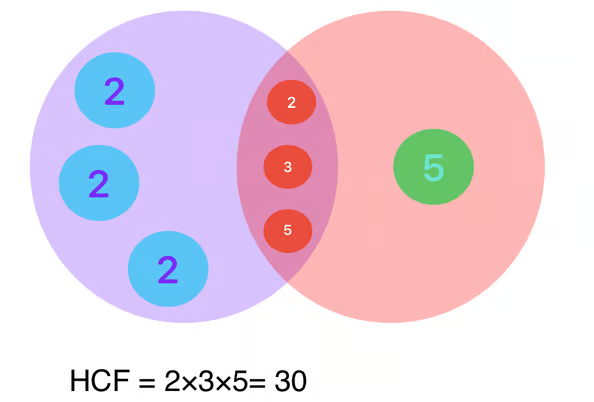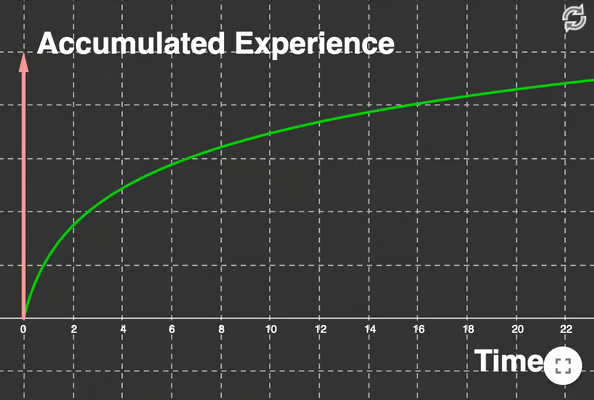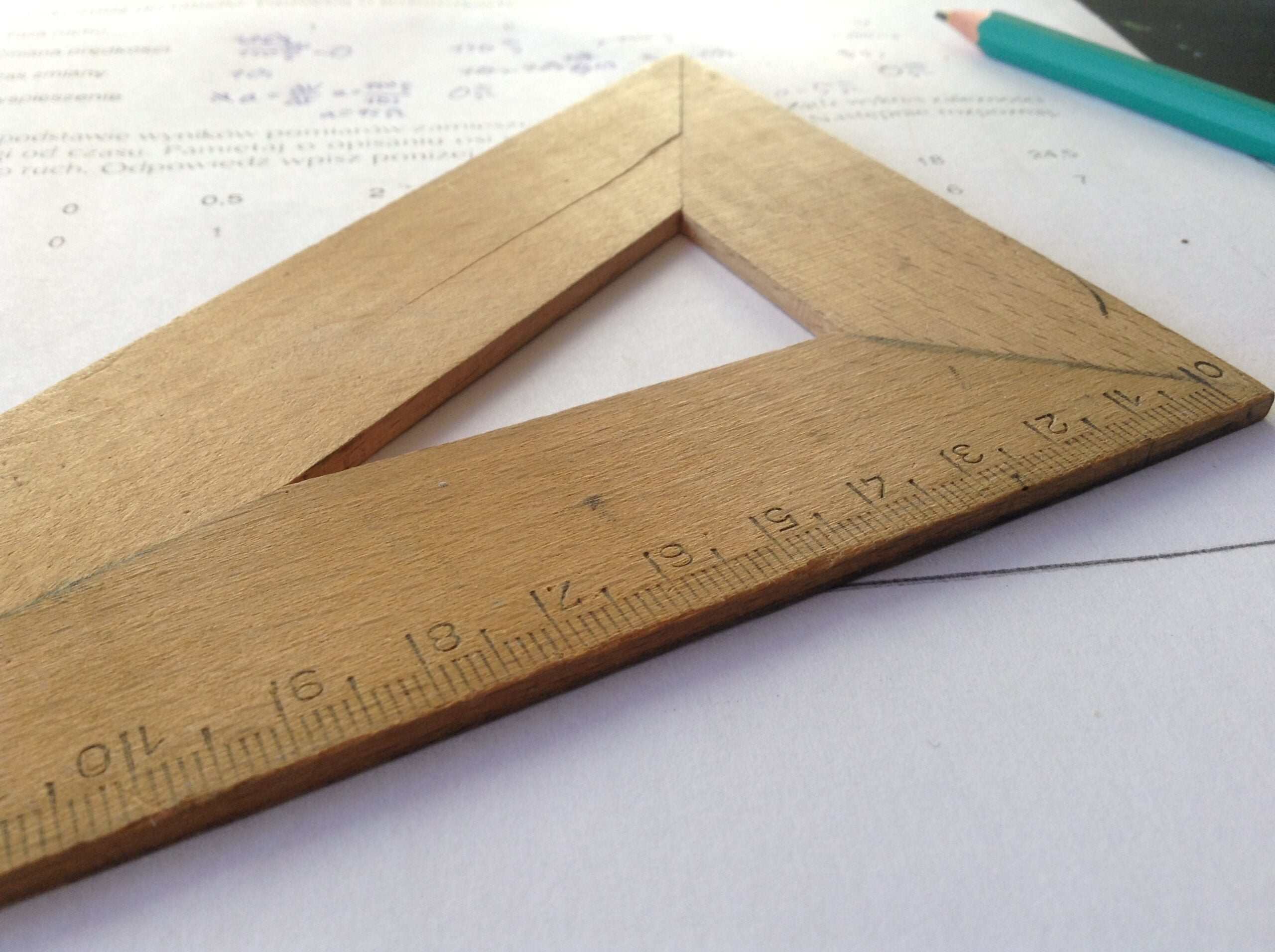Learn about how to find percentages, how to calculate it, percentages changes, calculating percentage of percentage, usages and attempt quiz
Last Updated: 22 December 2023, Friday
Verified for accuracy
Introduction
Percentages play a crucial role in our daily lives, from calculating discounts during shopping to understanding statistics in the news. In this article, we’ll explore the concept of percentages in a simple way. By the end, you’ll have a solid grasp of how percentages work and how to use them effectively in various situations.

What are percentages and how to calculate it ?
A percentage is a way of expressing a part of a whole as a fraction of 100. The word “percent” comes from the Latin phrase “per centum,” which means “by the hundred.” It’s denoted by the symbol “%.” In essence, percentages help us compare and represent values relative to the whole.
To calculate a percentage, you need two numbers: the part (the portion you’re interested in) and the whole (the total or the reference point). The formula for finding a percentage is:
(Part/Whole) × 100 %
Here’s a simple example:
Suppose you want to find the percentage of students in a class who scored above 90% in a test. If there are 25 students in the class, and 7 of them scored above 90%, the calculation would be:


Percentage Changes
Percentages are also used to express changes. For example, if a product’s sales increased from 500 units to 600 units, you can calculate the percentage increase as:

A percentage decrease represents the reduction of a quantity from its original value expressed as a percentage of the original. The formula is:

To calculate a percentage decrease, subtract the new value from the original value, divide by the original value, and multiply by 100%. For example, a decrease from $200 to $150 is a 25% decrease.
Percentage decreases can also represent changes in a downward direction. For example, a decrease from 1,000 to 800 is a -20% decrease (note the negative sign).
Calculating percentage of percentage
Percentage of a percentage, also known as a compound percentage, is a mathematical concept used to express one percentage as a fraction of another percentage. This concept is often encountered in various real-life scenarios and is a fundamental part of understanding proportions, discounts, taxes, and many financial calculations.
To calculate the percentage of a percentage, you typically multiply the two percentages together and divide by 100. Here’s the formula:
Percentage of a Percentage = (Percentage1 × Percentage2) / 100
Let’s look at a few practical examples to illustrate how this concept works:
- Discounts: Imagine you have a 20% discount on a product, and then there’s an additional 10% discount on the already discounted price. To find out the total discount, you calculate it as follows: Total Discount = (20%×10%) / 100 = 2%. So, the total discount is 2%.
- Tax Calculations: In some regions, you might have to pay a sales tax on a previously calculated tax. Suppose you have a 5% sales tax, and then there’s an additional 8% tax on the sales tax. To determine the total tax, you can use the formula:Total Tax = (5% × 8%) / 100 = 0.4%The total tax is 0.4%.
- Income Growth: If you’re looking at the annual increase in your income and want to calculate the cumulative growth rate over several years, you can use this concept. For instance, if your income increases by 6% in the first year and then by 4% in the second year, the overall income growth over two years is calculated as:Total Income Growth = (106% × 104%) / 100 = 110.24%. So, your income has increased by 110.24% over two years.
Understanding the concept of a percentage of a percentage allows you to make more accurate calculations in various situations. It’s a useful tool for financial planning, determining discounts, assessing tax liabilities, and predicting cumulative growth or decline in various contexts. Whether you’re managing your personal finances or analyzing business data, being proficient in working with percentages of percentages is a valuable skill
Common Usages of Percentages
- Discounts: When shopping, percentages are often used to calculate discounts. If a $50 item is on sale for 20% off, you can calculate the discount as $50 * 0.20 = $10.
- Interest Rates: When borrowing or investing money, you encounter interest rates presented as percentages. A 5% interest rate on a $1,000 loan means you’ll pay $50 in interest.
- Statistics: Percentages are used extensively in statistics to describe proportions and changes. For example, an election exit poll might show that a candidate has 42% of the vote.
- Grade Point Averages (GPA): Your GPA in school is often expressed as a percentage. An A grade might correspond to a 90-100% range.
- Tax Rates: Income tax rates are presented as percentages, such as a 20% tax rate on a certain income bracket.
- Investment Returns: Investors track the percentage return on their investments, like stocks or bonds, to gauge profitability.
- Population Growth: Demographers use percentages to analyze population growth or decline in a given region.



